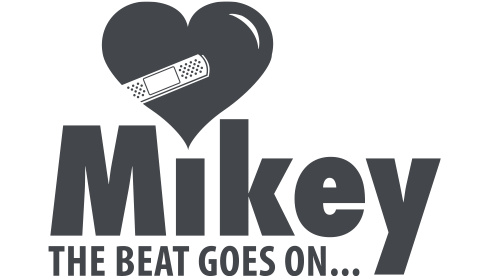
It’s easy to become overwhelmed by healthy eating, but your overall health will benefit if you can stick with healthy basics during this trying time. That means filling half your plate with vegetables and fruit, a quarter with protein-rich foods, and a quarter with whole grains, as described by Canada’s Food Guide.
Preparing meals can seem complicated though with hard to get ‘superfoods‘ seeming like the only way to cook nutritiously. But this is simply not the case — heart healthy foods are hiding in plain sight at every grocery store across the country. Fresh, frozen, shelf-stable and more, these delicious whole foods benefit your total body health. Below are some of our tips that you can use, without breaking the bank.
Choose Wisely
Plan your meals ahead of time, so you can shop once and get groceries for the next week or two. When you plan your meals, make sure to use your perishable vegetables, fruit and protein options first, and save the canned, frozen and shelf-stable food for later.

Peel it Yourself
Buying foods in their close-to-natural state will always save you money. A one kilogram bag of whole unpeeled carrots costs about one-third the price of the same size bag of pre-cut baby carrots. Convenience comes with a higher price tag.

Go Meatless on Monday
Pick one or more days per week to go fully meatless, focusing on the highly affordable protein found in beans, legumes, eggs and tofu. Transform humble edamame beans into an edible masterpiece with this Carrot, Parsnip and Edamame Salad, ideal for lunch or dinner on the days you go meatless, or any day.

Choose In-Season Foods
Shopping in season is a simple way to enjoy a healthy diet on a budget, without even thinking twice. Head to your local farmers’ market or grocery store each week with growing seasons in mind. For instance, buy asparagus in April or May (not December!) and strawberries in June. In the summertime, you’re spoiled for choice, though this way of cooking and eating works year-round.
Use Frozen Vegetables
Picked at the peak of freshness and flash frozen, these ice-cold health foods are often just as nutritious as they are fresh. Choose frozen produce free of sauces, salt and sugar, and keep your eye out for sales during the week. They’ll keep for months, allowing you to buy in bulk and add to stews, stir-fries, salads, sides and soups.












